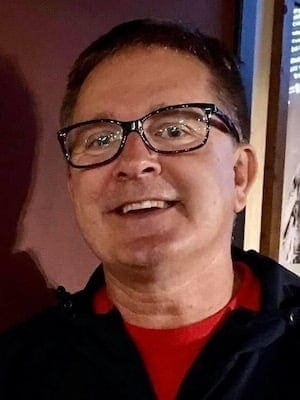During my first year as a second-grade teacher, I struggled with classroom management.
I am a soft-spoken person by nature and habit. I didn’t have the experience to help me set up great rules and procedures for my students. My classroom was noisy and chaotic. I think you could hear us all around the school.
A well-meaning colleague stopped me one day after school and offered, “Trevor, you need to find your teacher voice. Most of the children at our school won’t listen to you unless you yell at them. You need to show them who’s boss.”
After five years of teaching, I agree that it is important to find your teacher voice. I disagree, however, that your teacher voice needs to be mean and bossy.
I found my voice. It’s nurturing and supportive and one that students can internalize for positive growth and change.
I thought about this teacher voice when I met 7-year-old Maria. On her first day in reading intervention classroom, she made a mistake on a skill sheet.
She asked for an eraser, but I said, “Don’t worry if you make a mistake. You don’t have to erase it. Just cross it out and fix it. I’ll never be angry with you if you make a mistake. I just want you to try to fix it.”
Later, as a class, we read a story. I read a page and the students echoed the words back to me. Maria read a word incorrectly and her classmates laughed.
“Whoa,” I said. “We never, ever laugh at anyone in this classroom. We are here to encourage each other, not to discourage each other. We are here to help each other, not to hurt each other. We’re going to become great readers together.”
If you can learn to read well, you can do anything, I explained. “Jose, you could find the cure for an awful disease. Maria, you could build a rocket and fly to Mars.”
“Could I really do that, Mr. Barton?” she giggled.
“Oh, yes you can!” I said.
I repeat these things daily because I want them to become a part of the inner voice of my students. “The way we talk to our children becomes their inner voice,” the old saying goes. I believe it and practice it in my classroom.
If my students make a mistake, I want their first thought to be, “I can fix it.” If their classmates make a mistake, I want their first thoughts to be, “I can help.”
If they wonder if they can be whatever they want to be, I want them to think, “Yes I can!” I believe my teacher voice becomes their inner voices.
At the end of the school week, I stopped by the water company to pay my bill. I stopped at the receptionist’s desk and heard a family behind me.
A small child was leading her mother by the hand. The mother was carrying a baby in the cradle of her arm. The child listened to her mother speak to her in Spanish then looked at the receptionist and asked in English, “Can you show us where to pay our bill?”
It was Maria, confident and sure.
She led her mom and baby brother on through the maze of poles and people.
I’m glad I had allowed Maria the space to make mistakes and learn from them. I’m proud that I did not allow her classmates to bully her. My expectations for her were always high. I’m glad I found my teacher voice.
She is a child with a beautiful heart and a broadening mind. She now sees the world as a place to help instead of a place to fear. She sees learning as a puzzle to solve instead of a problem to quit.
As her teacher, I used my words wisely, to help her say “I’m going to try to fix it!” and “We’re in this together!” and “Yes I can!” instead of “I’m a failure”, “I’m all alone” and “No, I can’t.”
Each day, I have the opportunity to help her find her way.
Trevor Barton teaches second grade and is a member of First Baptist Church in Greenville, S.C. This column first appeared on the Teaching Tolerance website of the Southern Poverty Law Center.
A fourth grade public school teacher and member of First Baptist Church in Greenville, South Carolina.

